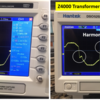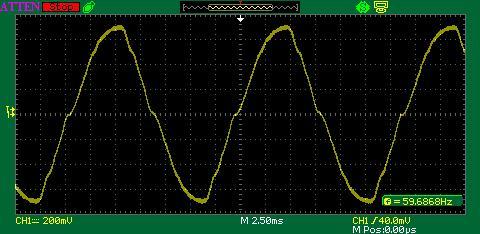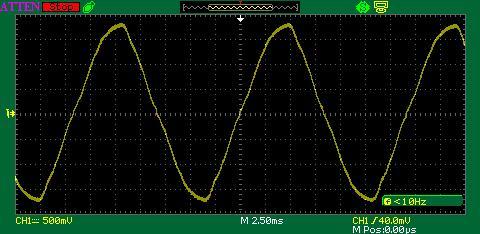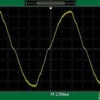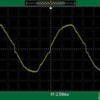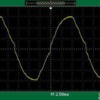Hi all,
I visited the club in San Diego last week (not my club) and they had a rather peculiar sign on their TIU and power station:
I thought you know... 60Hz is 60Hz... how different can it be... maybe they are just superstitious? I haven't heard of anyone making this claim before, (that DCS performs better when run off a brick).
Anyways... I like to be quantitative.... so when I got back to my club I measured one of the Lionel bricks they are talking about versus the output from the Z4000. In both cases the outputs are unloaded. Here are the time domain waveforms:
The Z4000 has serious harmonic distortion compared to the Lionel brick so maybe this is the root cause of their observations. A low pass filter could clean it up, but it's high power and low frequency, so it'll get hot and be big. It's actually quite plausible that this unwanted broadband content could disrupt enough of the DCS spread code to drop a packet.
I guess maybe there is something to this (good catch San Diego 3-railers!)..... Did anyone else notice these harmonic distortions yet? or see degradation on DCS from using the Z4000 instead of a brick? I'd be curious what others think....
~Adrian







